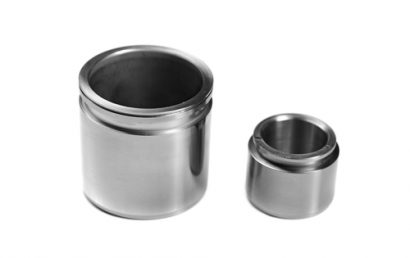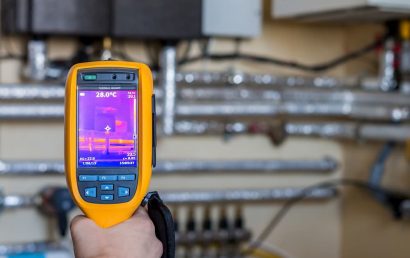How Can Plastic Hardened Enclosures Benefit From Conductive Coatings?
The invention of plastic revolutionized the World. When building hardened enclosures, very specific design advantages are presented by plastics. Sometimes, however, plastics just aren’t enough. This is where conductive coatings come in.
When Are Conductive Coatings Needed?
Once tooling is in place, various forms of plastics products (structural forms, ABS, acrylics) are inexpensive and quick to produce. More readily than other substances, they can be configured or molded into complex designs. Because plastics easily allow substrate penetration of RFI or EMI waves, they are known as electrical insulators. For this reason, conductive paints and other conductive coatings, to avoid failure of your hardened enclosure, pick up the slack where plastics leave off.
So, when using plastics, it can be important to consider the use of conductive coatings. While suppressing electrostatic discharge, once painted, superior EMI/RFI attenuation is offered by your plastic enclosure.
Conductive Coatings Have Their Advantages
A plastic surface is given its conductivity when the materials used for the coating (i.e., non-oxidizing copper) are mixed thoroughly. So effective are these coatings that with a mere, thinly applied coating, even a piece of paper can be made conductive!
The true allure of conductive paints being used today, however, is their flexibility during production, ease-of-use, and low cost. When alternative conductive coating technologies are compared to conductive painting, the advantages are particularly evident. Alternate conductive coating technologies can include selective plating, vacuum aluminum, and more.
Some of the advantages of conductive coatings are as follows:
- Capital investment is minimized thanks to rapid scalability for volume production.
- An effective coating solution can be achieved economically.
- A wide range of substrates (sizes, surfaces, and product designs) can be adapted to.
- Bond flawlessly with most any substrate (i.e., paper, metal, plastic, ceramic) for whatever finish is desired.
- Even on complex substrates, uniform coverage is achievable.
- Product specs will not be interfered with thanks to minimal coating thicknesses.
- After assembly, there will be no flaking or peeling courtesy of the exceptional adhesion characteristics of today’s conductive coatings and the application methods used by highly skilled technicians.
When it comes to use on hardened enclosures, we would be remiss if we did not mention the performance aspects of conductive coatings for plastics. Rising to the occasion, conductive paint technology has come a long way, and continues to do so. In many situations, even against the worst offending frequencies, conductive paint exceeds requirements for performance. Furthermore, when tested for humidity resistance, conductive coatings applied by reputable companies show no change in attenuation or resistivity.
A & A Coatings can provide conductive, nonconductive, heat barrier, and a corrosive, anti-slip coatings and more for your business – no matter what your industry. We have been at the forefront of thermal spray technologies and services for over 70 years. With our thermal spray coatings, we can provide electrical insulation, wear resistance, HVOF, corrosion resistance, repair and restoration, plasma, thermal conductivity, and much more. If you’d like to find out how our thermal spray coatings can benefit your business, contact us today.


